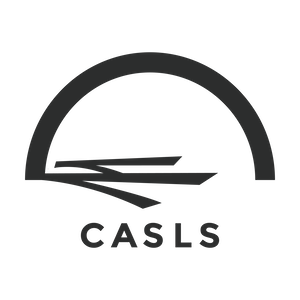View Content #19834
| Contentid | 19834 |
|---|---|
| Content Type | 3 |
| Title | CASLS Intercom Topic of the Week: Launching LinguaFolio in the Classroom |
| Body | Ann Marie G. Gunter is a World Language Consultant for the North Carolina Department of Public Instruction. LinguaFolio is a proficiency-based formative assessment tool for language learners available for free from the National Council of State Supervisors for Languages (NCSSFL) upon registration. Research has shown that LinguaFolio helps learners set and achieve language goals. When teachers ask how to get started with LinguaFolio, two activities come to mind for the first week of class.
Language learning is a lifelong process, and learners need to think about what proficiency means and how to set goals to build their proficiency in the different communication modes. Teachers can use the K – 12 Benchmark Self-Assessment Grid, downloadable from the NCSSFL site as a Word document, as an activity where learners quickly evaluate their skills in the target language by reading through the NCSSFL – ACTFL Global Can-Do Benchmarks and circling the statement in each row that matches what they can do in that skill area. This activity provides a basis for discussing proficiency. The teacher can describe the proficiency ranges with the icons that are used to explain language abilities:
After this activity, learners will be able to move to the next step using the self-assessment checklists to set language learning goals and monitor progress.
Learners need to know how they’ll practice the target language in the classroom, and also think about how they can extend their practice outside of school. The Learning Inventory is a survey that asks learners to rate how often they do things in the target language like listen to songs or watch videos, read newspapers or magazines, or converse with native speakers. There’s even space at the end for learners or teachers to add items to the survey. The Learning Inventory is an idea generator for learners and teachers. It gives learners a list of possibilities for using the target language in a variety of ways in the world outside of the classroom. It also provides teachers with a bank of activities to draw from as they work backwards from the proficiency goals or outcomes to the assessments and tasks they want learners to do to practice the language. |
| Source | CASLS Topic of the Week |
| Inputdate | 2015-08-01 08:32:00 |
| Lastmodifieddate | 2015-08-03 03:35:28 |
| Expdate | Not set |
| Publishdate | 2015-08-03 02:15:01 |
| Displaydate | 2015-08-03 00:00:00 |
| Active | 1 |
| Emailed | 1 |
| Isarchived | 0 |
